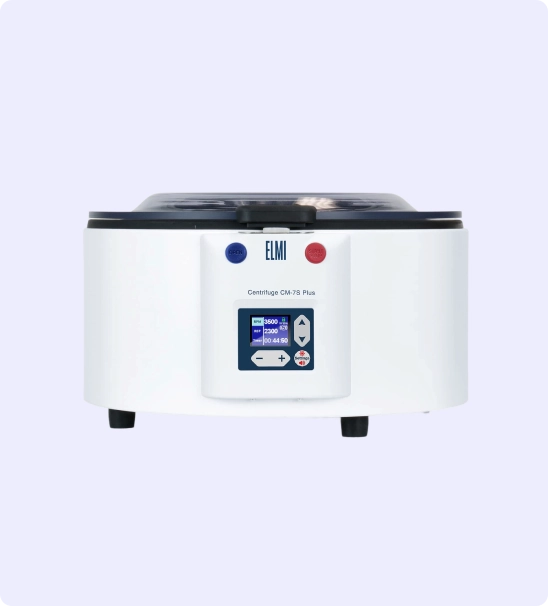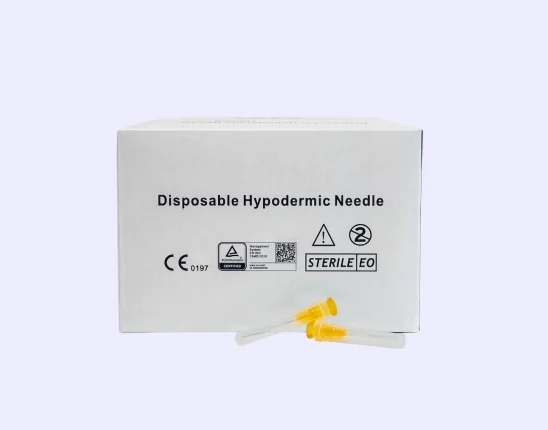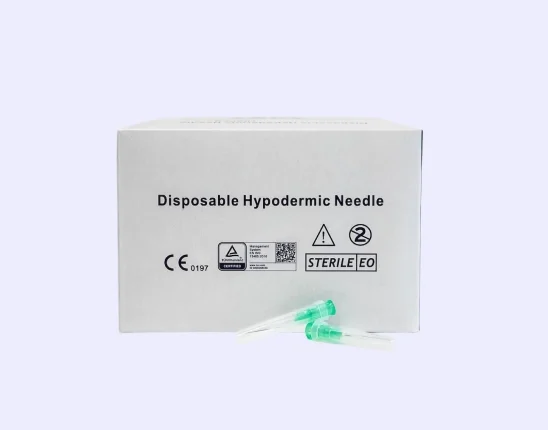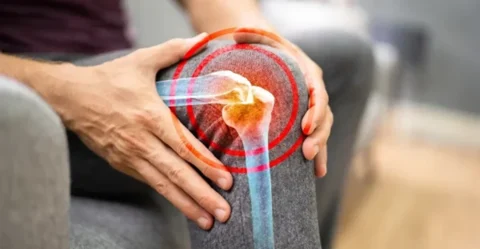Platelet-rich plasma therapy is one of the most effective treatment options for male and female pattern hair loss, involving injections of growth factors into your scalp to stimulate hair growth. Most patients prefer this procedure over hair restoration surgery because this treatment is minimally invasive and requires little to no downtime. However, some of them feel squeamish about injecting their scalps, so they wonder about being given anesthetics.
So will patients be given lidocaine during their PRP hair treatment? Patients wouldn’t be receiving lidocaine and even ropivacaine – some of the most common active ingredients in topical anesthetics. These drugs can compromise the effectiveness of PRP, possibly producing underwhelming results. Instead, doctors will give patients epinephrine to minimize discomfort during the injections or do other ways, such as using tiny needles.
Will Your Doctor Give Lidocaine During Procedure of PRP for Hair Treatment?
Some patients have anxiety about the injection process – they feel nervous about administering platelet-rich plasma into their scalp with needles. Because of this, they often wonder if they’ll receive any form of anesthetics, specifically, lidocaine at the beginning of the treatment session. They hope that this will minimize the discomfort they’d possibly feel.
While lidocaine may help ease the pain patients will possibly feel, doctors don’t give this type of anesthetic. According to clinical studies, topical anesthetics reduce the efficacy of platelet-rich plasma, as it affects the platelet aggregation rate or blood clotting capacity for tissue repair. While the growth factors injected aren’t necessarily affected, anesthetics, like lidocaine and ropivacaine can cause underwhelming results for your PRP treatment.
But doctors still have other ways to minimize patients’ discomfort without compromising the effects of platelet-rich plasma. They can apply an anesthetic consisting only of epinephrine. Your doctors may also prescribe medications, offer PhotoActivated injections, use fine needles, use vibration anesthesia devices, or apply a cold compress.
Are PRP Injections Painful?
Each patient has their own pain tolerance, so the pain from platelet-rich plasma injections varies. However, most patients report that these injections are not entirely painful, and they might even be less uncomfortable than other invasive facial or medical treatments.
Patients should know more about the procedure and be more informed about the pain levels to expect during the initial consultation with their doctor. This will allow them to be more prepared and take appropriate steps to ease it.
Why You May Experience Discomfort
The possible discomfort patients may feel during or after a single treatment shouldn’t be a cause of their worries. These instances can be common and aren’t an immediate indication that the treatment isn’t working. There are many reasons why patients may experience pain, but as was mentioned, these depend on their tolerance.
As far as the procedure is concerned, PRP injections for hair growth may be painful because injections cause tiny wounds on the scalp, which can be quite sensitive. The injection sites may also be painful post-treatment because the aesthetic treatment involves triggering swelling or acute inflammation. This will ramp up the healing process of the hair follicles with the help of the endothelial growth factor and activate hair growth.
The area where patients will be receiving the injections can also be a factor in the pain – PRP treatment for the knee may be less painful than the procedure for hair growth where patients will be injected at the scalp.
Choosing a trusted cosmetic dermatology professional will also be necessary for experiencing less soreness because the technique and precision of administering PRP affects soreness. Patients may feel more injection pain under the hands of an unskilled practitioner.
Pre-treatment anxiety may also be a factor why a patient’s PRP injections become more painful than it seems. Patients experiencing this must consult their doctor and learn more about the procedure or ask for the right medicine to take before the treatment session. They may also research more about the procedure, so they’ll feel more confident.
But it’s important to note that PRP injections are guaranteed safe with minimal adverse effects. Since it uses your own blood cells, patients can expect little to no risks of allergic reactions.
THE PERFECT NEEDLES FOR YOUR PATIENTS. CODE “20OFF” FOR 20% OFF YOUR FIRST ORDER!
FACE Med Store supplies countless doctors and clinics with all their supplies, including top-of-the-line hypodermic needles. Get your hypodermic needles at 20% off today!

Other Ways to Minimize Discomfort From PRP Procedure
The treatment plan of PRP therapy for hair growth doesn’t involve giving lidocaine to ease injection pain – this drug, along with ropivacaine, reduces the effectiveness of the serum’s tissue regeneration. However, medical professionals do other ways to ease the discomfort from the injections.
They may prescribe post-procedure medications, give PhotoActivated PRP injections, use fine needles, use vibration anesthesia devices (VAD), or apply a cold compress.
1) Prescribing Post-Procedure Medications
Patients may experience pain after the procedure, so doctors may provide instructions for easing it. They might recommend taking painkillers, like Tylenol, for painless PRP injections. But it’s important to note that patients must also avoid blood thinners, like NSAIDs – examples of these types of drugs are Advil, Aleve, Celebrex, and Naprosyn.
2) Giving PhotoActivated PRP Injections
Patients may also opt for painless PRP injections, which are PhotoActivated platelet-rich plasma. Exposing PRP to light may reduce its soreness, resulting in a more comfortable procedure.
Instead of injecting the PRP after the centrifuge processes it, they’d first place it in a PRP Photo-Activation device and expose it to light for 10 minutes. Aside from the growth factors, platelet-rich plasma contains cytokines and bioactive stem cells responsible for creating soft and hard tissue.
Once PRP becomes exposed to light, it releases beta-endorphins–a compound that can bring down soreness. This allows patients to have painless PRP injections.
3) Using Fine Needles
Some patients become afraid at the sight of needles, especially if they look thick. Using fine needles when administering PRP to the scalp can help minimize the pain patients might experience. Doctors usually use syringes with small-bore needles, like 29 and 30 G. This helps reduce soreness and the appearance of marks.
4) Using Vibration Anesthesia Devices (VAD)
Doctors may also use vibration anesthesia devices to reduce the possible pain patients may experience from PRP injections. According to a study, 90% of patients favored the procedure with vibration over the one without vibration, and 50% of the patients preferred vibrations over applying a cold compress. Using vibration anesthesia devices can help ease the pain from PRP injections.
5) Applying a Cold Compress
Applying an ice pack to relieve PRP injection pain is also a way to ensure patients a more comfortable procedure. In the same study about VAD, 90% of patients choose to have ice packs during their treatment instead of none at all. However, most of them still prefer VAD over ice packs, which was only preferred by 36% of patients.
What to Expect from PRP for Hair Treatment Procedure
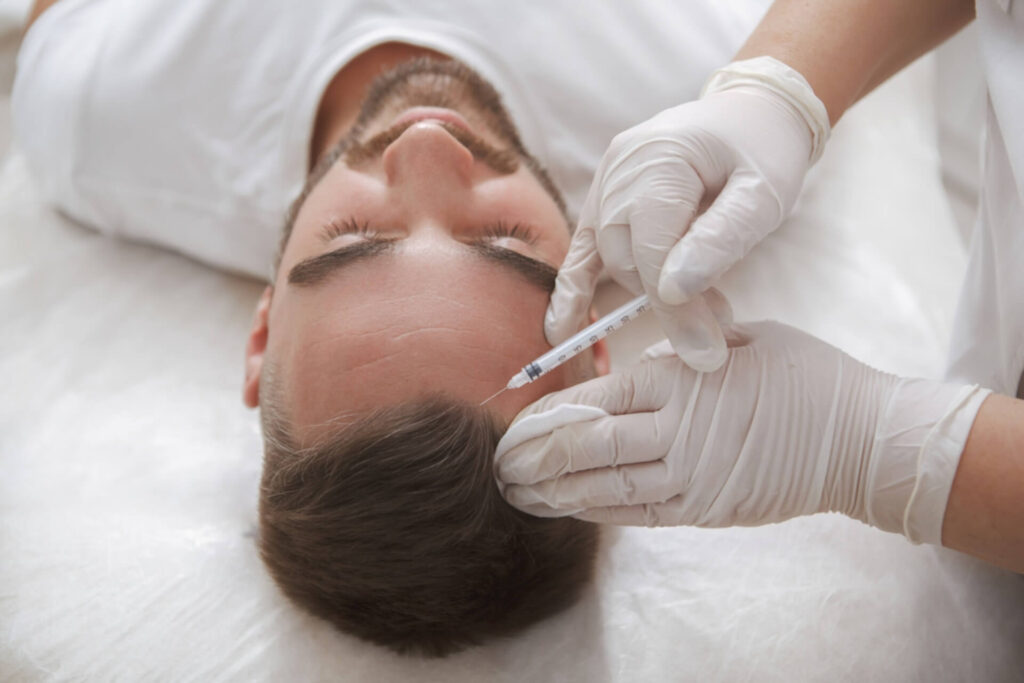
Practitioners don’t give lidocaine to numb the treated area during PRP procedures because it might interfere with how the serum works. Aside from this, some patients become anxious about the treatment because they may still know little about it.
How PRP Works
Platelet-rich plasma therapy is a form of regenerative medicine involving injections of growth factors into different parts of the body for a targeted boost in the healing process. It’s not only used for hair loss and other cosmetic procedures – it’s also used for other medical fields.
Platelet-rich plasma is made up of plasma with concentrated growth factors or platelets. Plasma is a protein that serves as a medium for the blood. Platelets, on the other hand, are a type of blood cell that regenerates the body with its tissue and wound healing properties.
PRP prompts hair growth by stimulating collagen production and cell growth. It increases the number of stem cells, which will speed up the healing process of dormant and shrinking hair follicles and boost them to activate hair growth.
The treatment also opens up the blood vessels and stimulates endothelial growth factors – this will improve blood flow and allow the hair follicles to receive oxygen and nutrients better to support hair growth.
Obtaining PRP
PRP treatment uses autologous blood, which means the procedure will use the patient’s blood sample. This will then be processed in a centrifuge to separate plasma concentrated with platelets from other blood cells, such as white blood cells and others.
Administering PRP Injections
Doctors will use 29 or 30 gauge needles to make the procedure less uncomfortable. It’s injected into multiple areas of your scalp, usually the spot with hair loss. PRP treatment for hair loss needs multiple sessions to produce the best results.
In some instances, PRP is also paired with microneedling for hair loss. The practitioners will prep your scalp and proceed to the traditional procedure of rolling a device and creating miniature wounds. The PRP will then be applied to the treated area.
Shop High-Quality Medical Supplies for PRP Treatment Sessions at FACE Med Store
-
 Butterfly Needle – 23G 3/4 in. x 12 in. with sliding safety shield- Box of 100
Butterfly Needle – 23G 3/4 in. x 12 in. with sliding safety shield- Box of 100 -
 Butterfly Needle – 25G 3/4 in. x 12 in. with sliding safety shield- Box of 100
Butterfly Needle – 25G 3/4 in. x 12 in. with sliding safety shield- Box of 100 -
 CM-7S PRP Plus
CM-7S PRP Plus -
 30 Gauge 13mm (0.5 inch) Hypodermic needles
30 Gauge 13mm (0.5 inch) Hypodermic needles -
 32 Gauge 13mm (0.5 inch) Hypodermic needles
32 Gauge 13mm (0.5 inch) Hypodermic needles -
 34 Gauge 4mm (0.16 inch) Hypodermic needles
34 Gauge 4mm (0.16 inch) Hypodermic needles -
 32 Gauge 4mm (0.16 inch) Hypodermic needles
32 Gauge 4mm (0.16 inch) Hypodermic needles -
 Butterfly Needle – 21G 3/4 in. x 12 in. with sliding safety shield- Box of 100
Butterfly Needle – 21G 3/4 in. x 12 in. with sliding safety shield- Box of 100 -
 Blood Draw Needle Holder (Vacutainer) – Bag of 100
Blood Draw Needle Holder (Vacutainer) – Bag of 100
Patients wouldn’t be given lidocaine to ease the pain from PRP injections because it would reduce the effectiveness of the procedure. Instead, they may be given an anesthetic with epinephrine as its active ingredient. Practitioners may also opt for other ways to ease the slight pain or discomfort from the injections.
Delivering the proper procedure using the right supplies is crucial for every practice to ensure customers’ safety and satisfaction. FACE Med Store offers high-quality medical supplies at reasonable prices. Visit us today to know about our stock list or browse our website to see our catalog.
